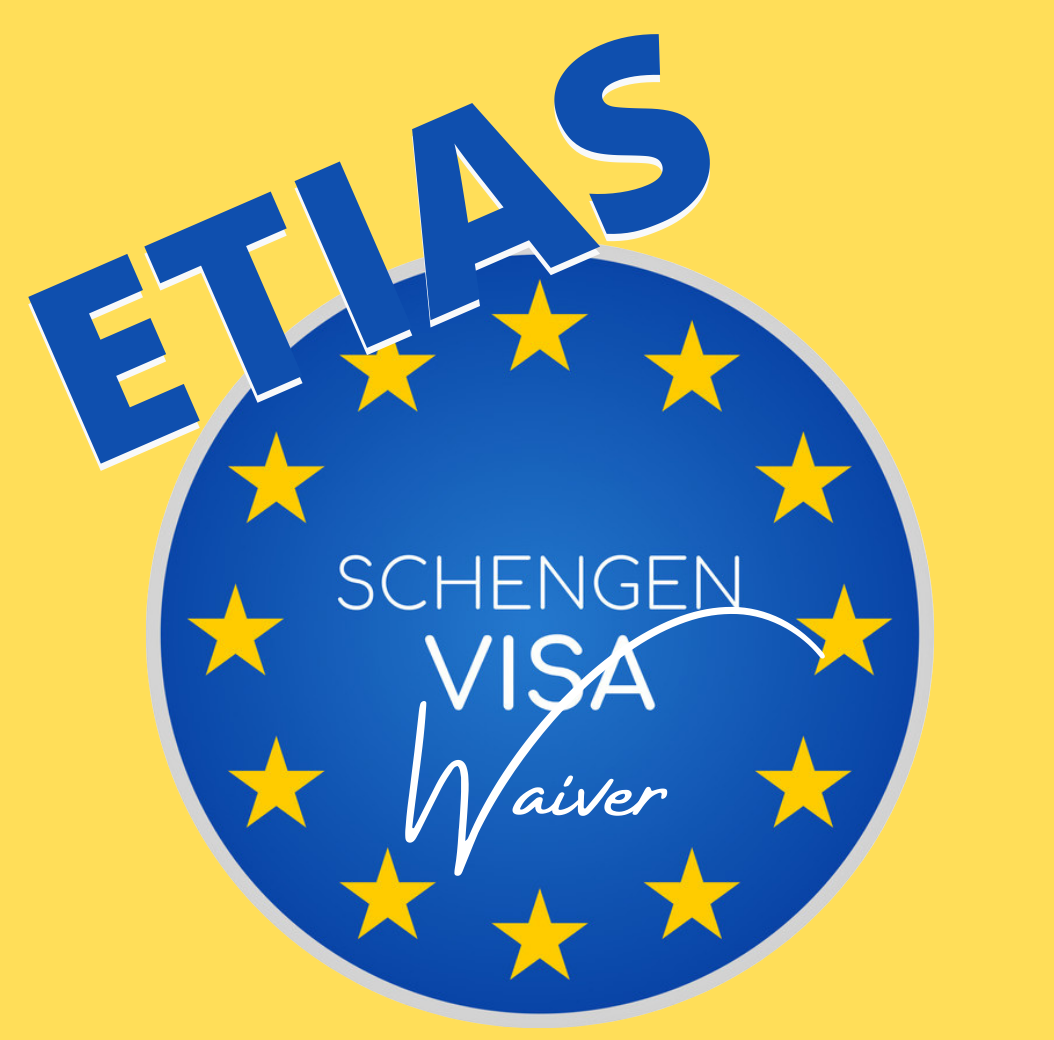ETIAS has a new launch date

- Posted on 15 Oct, 2020
- 0 82
When will the ETIAS Authorization System be implemented?
October 2020 – The European Travel Information and Authorization System (ETIAS) is coming soon, but you still have time to plan. The European Commission has announced a new launch date for the system that will change the way you travel to Europe.
This system, also known as the European visa waiver program, is now scheduled to launch in late 2022 and will be required for visa-free travel to the Schengen area (26 countries) of Europe. Allowing a 6-month long grace period, the ETIAS visa waiver but it will not be mandatory until 2023. While travelers to the Schengen Area are not required to obtain approval of the Visa Waiver Program, it is recommended a convenient alternative to a traditional Schengen visa.
What is ETIAS?
ETIAS is an alternative to a visa for European travel and will be required for short-term travelers (trips of 90 days or less) from 61 countries, including The United States, Australia, Japan, and Canada. Once this travel system goes into effect, visitors will no longer be able to travel to most of Europe with just a valid passport.
Travelers will need either the ETIAS visa waiver (for short-term travel, including leisure, business, and medical), or will need a long-term visa for stays longer than 90 days, including study abroad and long-term work.
The goal of the European Travel Information and Authorization System is to secure the external borders while also identifying potential security risks. Once your waiver application is approved, you can freely travel across Schengen borders, without the need for additional paperwork, for up to 90 days during any 180-day period.
This new travel authorization is also expected to launch in conjunction with the European Union Entry/Exit System (EES), which will keep track of all entry and exit of non-EU nationals. The EES is a digital system expected to eliminate passport stamps and replace it with passport scanning, which should speed up the entry and exit process.
ETIAS grace period
Although the new travel authorization system is scheduled to go into effect in late 2022, there will be a six-month grace period that will give travelers time to adjust to the new requirements. The EES will also start at this time, regardless of whether or not a traveler has applied for the European visa waiver.
The European Commission states that this grace period could possibly extend an additional six months, but travelers are encouraged to avoid delay in applying for the ETIAS visa waiver. Check your ETIAS visa eligibility now
Is the ETIAS mandatory?
Whether or not you need to apply for the waiver will depend on when you plan on traveling and how long you intend to stay. If you intend to travel before 2022, ETIAS is not required. If your return trip is within the six-month grace period in 2022, you do not need the waiver, though you are still encouraged to apply.
If you are planning short-term travel in 2022 or later, you will need the visa waiver for short-term travel (90 days or fewer within a 180-day period). Long-term travel for work, school, or other purposes will still require a visa, which is a lengthy, more expensive process that requires an in-person appointment.
What countries can I travel to?
You can travel to any number of countries in the Schengen zone of Europe, which comprises 26 countries. Of these, 22 are European Union members and four (Norway, Lichtenstein, Switzerland, and Iceland) are included as Free Trade Association members.
The micro-states of Monaco, San Marino, and Vatican City are de facto members of the Schengen area. Traveling to other parts of Europe outside of the Schengen zone will have their own requirements for entry.
The visa waiver application process

The application will take little time to complete or to process, but the ETIAS application does need to be filled out correctly and consistently; errors could result in denial of the visa waiver application.
The process is entirely digital, unlike the traditional visa process, which requires an in-person interview. You will need to provide information that confirms your identity and pay a processing fee. Application information includes:
- Biographic identification information (name, date of birth, etc.)
- Current contact information
- Valid passport information (the passport must be valid for three months after your planned return)
- Educational/occupational information
The waiver will be valid for three years, or until your passport expires, whichever comes first. You will also provide information on the first country you intend to enter. Once approved, you are free travel anywhere within the Schengen zone for up to 90 days within any 180-day period.
As part of the application process, an applicant’s information will be processed through several security databases, which will screen out any potential security risks. The application does not take long to complete (usually less than 20 minutes), and approval is expected to take minutes in most cases. Unusual cases may take longer to process.
Adventures await in the Schengen area
The Schengen area has anything and everything to satisfy your thirst for travel, and the visa waiver program is changing the face of European travel in 2023. Learn more about ETIAS requirements for your country and read the complete guide so that you can prepare. Follow and bookmark our blog for the latest news about the ETIAS authorization system.
